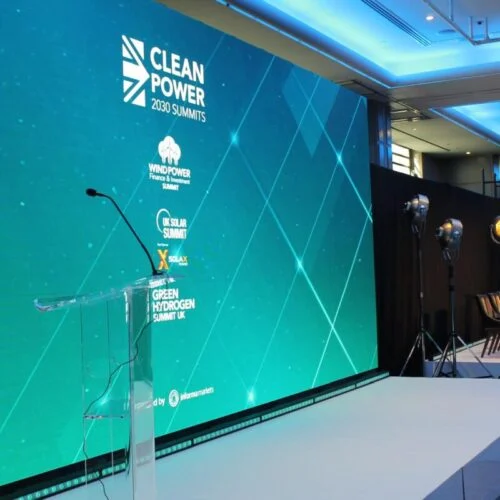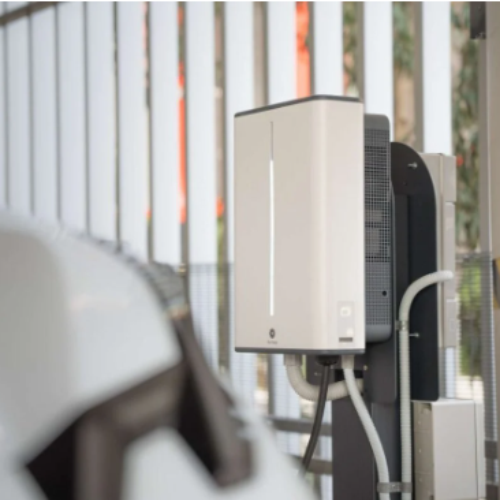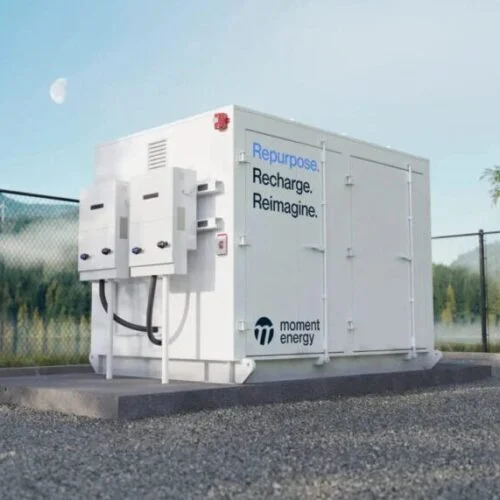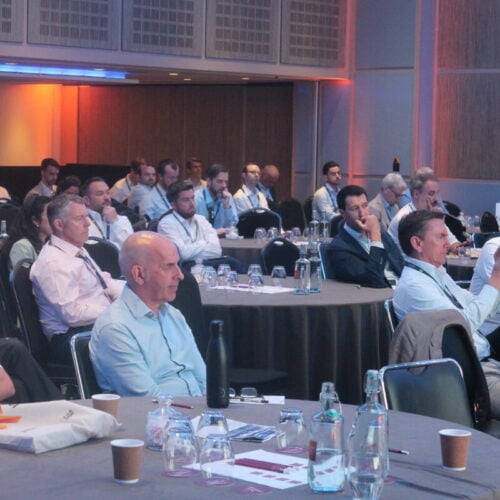Current±’s publisher, Solar Media, is set to hold its US Green Hydrogen Summit 2024 East Coast event in Philadelphia on November 19–20, 2024. The event will welcome key players from across the US hydrogen industry and discuss various aspects of the East Coast’s hydrogen economy and the opportunities that are forming.
In the build-up to the event, Current±, as the event’s editorial partner, will be holding a series of Q&A’s exploring some of the key discussions from the event, what to expect and some of the growth opportunities in the US east coast.
In the first Q&A, Current± speaks to Matthew Willis, director, Army Applied SBIR and Prize Competitions Headquarters, at the US Department of the Army about the US green hydrogen sector and how the Department aims to harness green hydrogen to decarbonise its operations whilst providing world-leading operations.
What are you most looking forward to at Solar Media’s upcoming Green Hydrogen Summit East Coast event?
I am looking forward to the creative and innovative ideas that the East Coast hydrogen markets have to offer. We have two programmes aimed at collaborating with small businesses and innovators: xTech and the Army Small Business Innovation Research Program (SBIR).
The Army values the diversity of technologies that contribute to our mission: from uniform enhancements to weapon platforms, vehicles, power and energy solutions, and digital infrastructure, we invest in a wide range of areas. This sets us apart from other branches of the military and makes the Army an attractive customer for companies of all sizes and across the technology landscape, including firms specialising in hydrogen production, storage, deployment and use.
The Department of Defense is the largest energy consumer in the country; the Army is responsible for organic infrastructure, ground vehicles and other technologies that could leverage hydrogen-centric capabilities.
We also understand the challenges of balancing private sector commercialisation with navigating the complexities of working with the government. That is why we designed our innovation competition model to demystify the process, offsetting costs and providing direct exposure to Army stakeholders, mentorship opportunities, and alignment with our Soldiers’ priorities.
Simply put, the Army xTech and SBIR programs are not innovation theatre—we are investing in critical Army challenges and providing tools for firms to succeed.
What are some of the opportunities in the current market? Also, what are some of the challenges hindering the adoption and progression of the US hydrogen market?
Hybrid vehicles are common in the marketplace for passenger cars and commercial applications such as delivery trucks and transit buses. One of the biggest justifications for hybrids is their fuel efficiency because battlefield fuel costs can be as much as US$400 (£313) per gallon due to the complex logistical chain for forward-deployed military assets. Although great progress has been made in developing hybrid electric vehicles (EVs) for use in the military, some roadblocks over the years include:
- Military ground vehicle researchers not publishing as readily as OEM researchers, due to lack of available data, test vehicles and proprietary information.
- The challenge of a military application being much greater due to the ever increasing and mutating threats that translate into continually changing requirements.
- The life cycle of military vehicles is very different from that of a passenger vehicle. Not enough development has been completed to understand the long-term reliability and maintainability of hybrid components.
In the 2022 Army Climate Strategy, the Army laid out goals to field an all-electric non-tactical vehicle fleet by 2035, and fully electric tactical vehicles by 2050. In the meantime, the Army has focused on acquiring and delivering hybrid systems, some of which can use hydrogen technology.
Hydrogen also faces some challenges and barriers to its widespread adoption in the military, such as:
- The high cost and low availability of hydrogen production, distribution, and storage technologies and infrastructure. Infrastructure includes the pipelines, liquefaction plants, trucks, storage facilities, compressors, and dispensers involved in the process of delivering fuel.
- The technical and safety issues related to the storage, handling, and transportation of hydrogen, especially in harsh and remote environments. Mixtures of hydrogen and air can be highly explosive.
- The compatibility and interoperability of hydrogen technologies and systems with the existing military standards, regulations, and equipment.
Even with those challenges, we have seen some incredible progress in the development of systems that use hydrogen:
- Army researchers at ERDC (Army Engineer Research and Development Center) recently demoed H2Rescue, a hydrogen fuel cell-powered emergency vehicle. Researchers designed this new zero-emission truck that is powered by a high-capacity hydrogen tank system.
- The truck’s high-capacity hydrogen tank system enabled it to complete a 180-mile round trip while also supporting a minimum of 25kW of continuous electrical load for 72 hours.
What policy would you advise the government implement to help support the growing hydrogen market on the East Coast? Has enough support been granted thus far?
The Army is continually refining its policies to streamline acquisition in support of national defence and the Soldier. The Army xTech and SBIR Programs are designed to break the mould of traditional acquisition processes and make it easier than ever for small businesses and nontraditional entities to work with the Army, transitioning capabilities from concept to prototype, prototype to product, and product to scale.
For innovators that have not worked with the Army before, our xTech Program serves as a friendly front door and offers an accelerator that includes education, mentorship and networking opportunities. xTech competitions offer participants cash prizes and comprehensive feedback on their technology concepts from expert Army and DoD stakeholders.
The xTech and Army SBIR Programs frequently partner to provide competition winners with additional opportunities to compete for follow-on SBIR contracts.
The Army is the only service maximizing the prize authority statute, 10 U.S.C. §4025, by offering non-dilutive funding through xTech cash prizes and then follow-on Army SBIR contract awards.
The synergy between the xTech and Army SBIR Programs offers a clear roadmap for small businesses and nontraditional innovators to transition dual-use innovations into the defence market, a sector valued at billions of dollars.
Since its launch, xTech has awarded more than US$22.6 million in non-dilutive cash prizes, leading to more than US$190 million in follow-on R&D contracts.
Army SBIR is investing over US$350 million in FY24 in small businesses across the country. So far, xTech and Army SBIR have invested over US$15 million in combined hydrogen innovation efforts.
The US East Coast has a huge opportunity to link the American and European hydrogen markets. Is this something you agree with, and how do you think the East Coast could achieve this role?
The Army acknowledges that domestic innovation alone is inadequate in today’s rapidly evolving geopolitical landscape. To stay ahead and secure national defence, it’s crucial to collaborate with international allies. By leveraging international partnerships, we can harness the collective technological advancements and maintain a competitive edge in defence technology.
Our xTechInternational competition series is an exciting forum for eligible international small-to-medium businesses, academic institutions, and research organizations to connect with the DoD and other international partners. Through this unique opportunity, participants can showcase their innovative technology solutions, win cash prizes and even secure a spot in the xTech Accelerator Program. The current iteration of the xTechInternational competition concluded in August, and the next iteration is expected to launch in early 2025.





